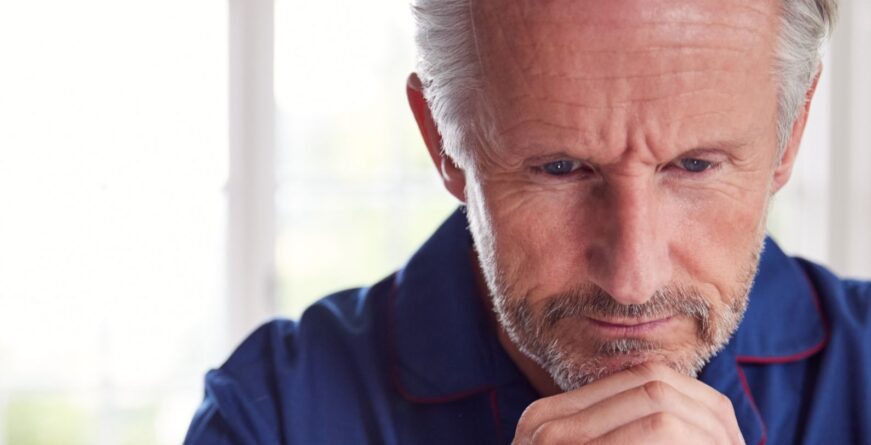About 12 years ago, a significant change was taking place in treatment of men following prostate surgery. Prostate surgeons began to respond to men who were experiencing significant side effects from prostate surgery. The voices of prostate cancer survivors were growing louder and louder regarding the side effects. These side effects were simply unacceptable because they had not been fully informed of the realities following prostate surgery. One of the biggest debates was the ubiquitous loss of penile length after surgery. Surgeons were initially very defensive and insisted there was no way the penis atrophied. Doctors kept coming up with reasons why the men were mistaken; in a kind of medical gas lighting they insisted that the men were mistaken about the size of their penis before surgery.
Eventually a few intrepid surgeons admitted that what the men were experiencing with loss of penile length was a reality. Early research seemed to indicate that following surgery, loss of erections meant loss of healthy blood flow to the penis which meant lack of oxygen and this caused tissue in the penis to die and form scar tissue. This scar tissue prevented the penis from expanding fully and caused this atrophied state. This condition exacerbated the sexual function problems facing men after prostate cancer surgery.
The solution was to introduce therapies following surgery which would help maintain blood flow to the penis and minimize loss of penile tissue and loss of size. A whole new industry was born: penile rehabilitation. Penile rehabilitation was based on the idea that multimodal therapies applied after surgery would improve blood flow- thus preserving penile length and optimizing sexual function. Prostate surgeons embraced this concept because it helped quell anxieties patients had about sexual function following surgery.
Most surgeons began using PDE five inhibitors following surgery to maximize blood flow and increase the possibility of erections. Some surgeons prescribed daily Viagra; others prescribed 5 mg of Cialis. Some surgeons used vacuum sleeves and erection devices, some used nutrition, some used penile injection. Penile rehabilitation programs ranged from taking a Viagra once a week to daily intensive physical therapy. Prostate surgeons discovered that simply using the term, “Penile Rehabilitation” was a great marketing tool to assuage men’s fears.
Early research indicated that various interventions did improve sexual function. Unfortunately, there was never a full research program into exactly what modalities worked and what a penile rehabilitation program should look like. Each surgeon was left to his own devices as to what penile rehabilitation actually was. Unfortunately, there is no current consensus of what a penile rehabilitation program should consist of and there remains a wide disparity among surgeons as to what a penile rehabilitation program is. A study for the Turkish Journal of urology in 2019 reported “In spite of learning and understanding the processes and rationales in penile rehabilitation after Radical Prostatectomy, there is still no consensus regarding the most effective rehabilitation program.” (2019, Clavell, et al)
The Maze Approach to Penile Rehabilitation
At Maze, our approach to penile rehabilitation encompasses the whole person: physical, mental, emotional, and sexual. We understand that when it comes to sexual function, most men want to do whatever it takes to maximize their sexual abilities. Penile rehabilitation must include more than just the penis. We are concerned about mental health, depression, stress, anxiety, and possible relationship issues which can all be affected by sexual function. During recovery, our goal is to help the man and his partner transition and adjust to the new normal that prostate cancer treatment inevitably brings.
We use daily medication, penile injections on a regular basis, and frequent sexual activity as a starting point. We instruct the patient how to use vacuum devices, stretching exercises, pelvic floor therapy, masturbation exercises, as well as nutrition and physical fitness. We also want to make sure the patient is maintaining sexual intimacy with his partner during the entire process. For the vast majority of patients, penile injections will make penetration possible. But our goal is to get the patient to a point where minimal medical intervention is required for sexual function.
The prostate cancer experience is stressful enough on its own. We want to make sure that lack of sexual function does not add to that stress.
For more information about penile rehabilitation or other sexual health issues, please contact us for a free phone consultation.


